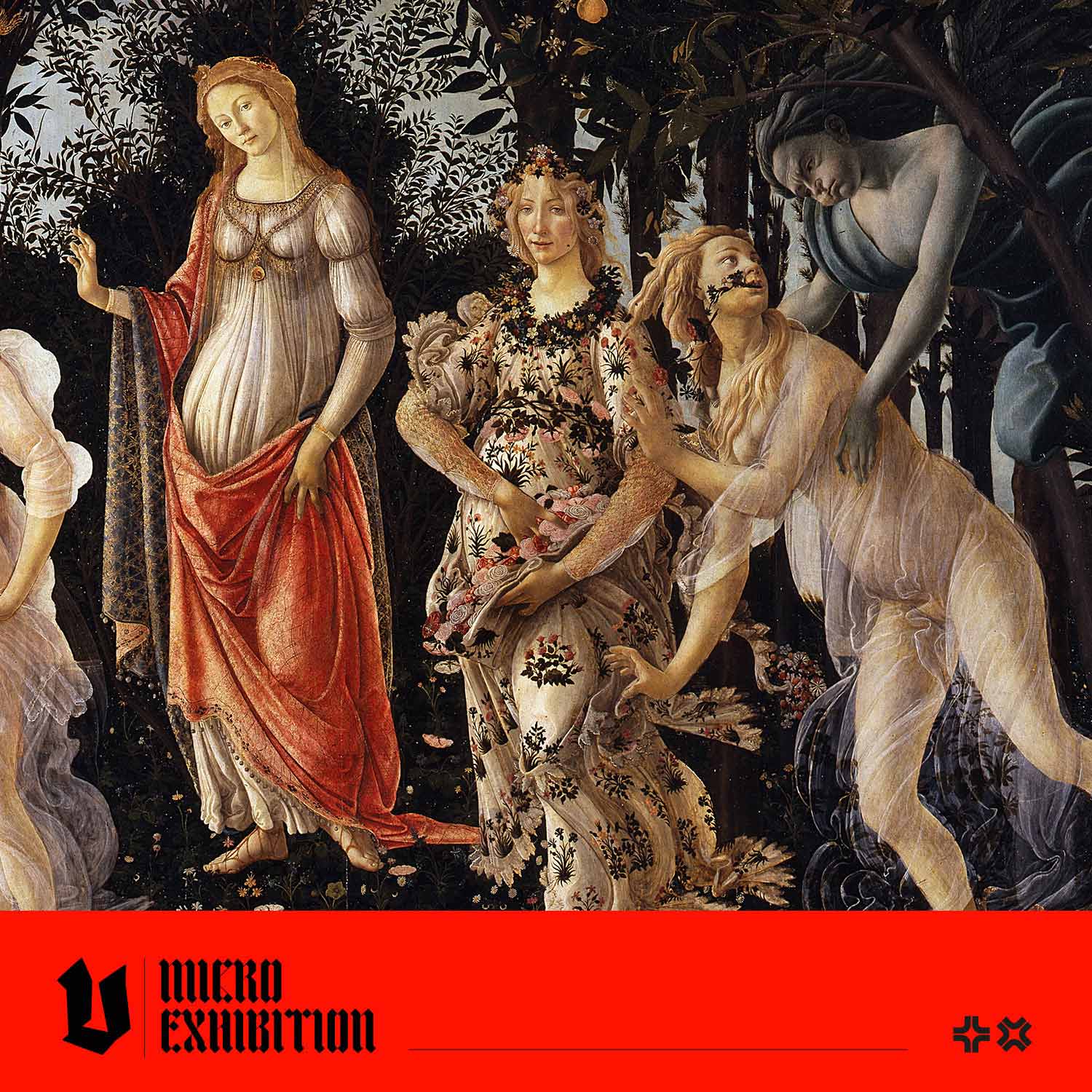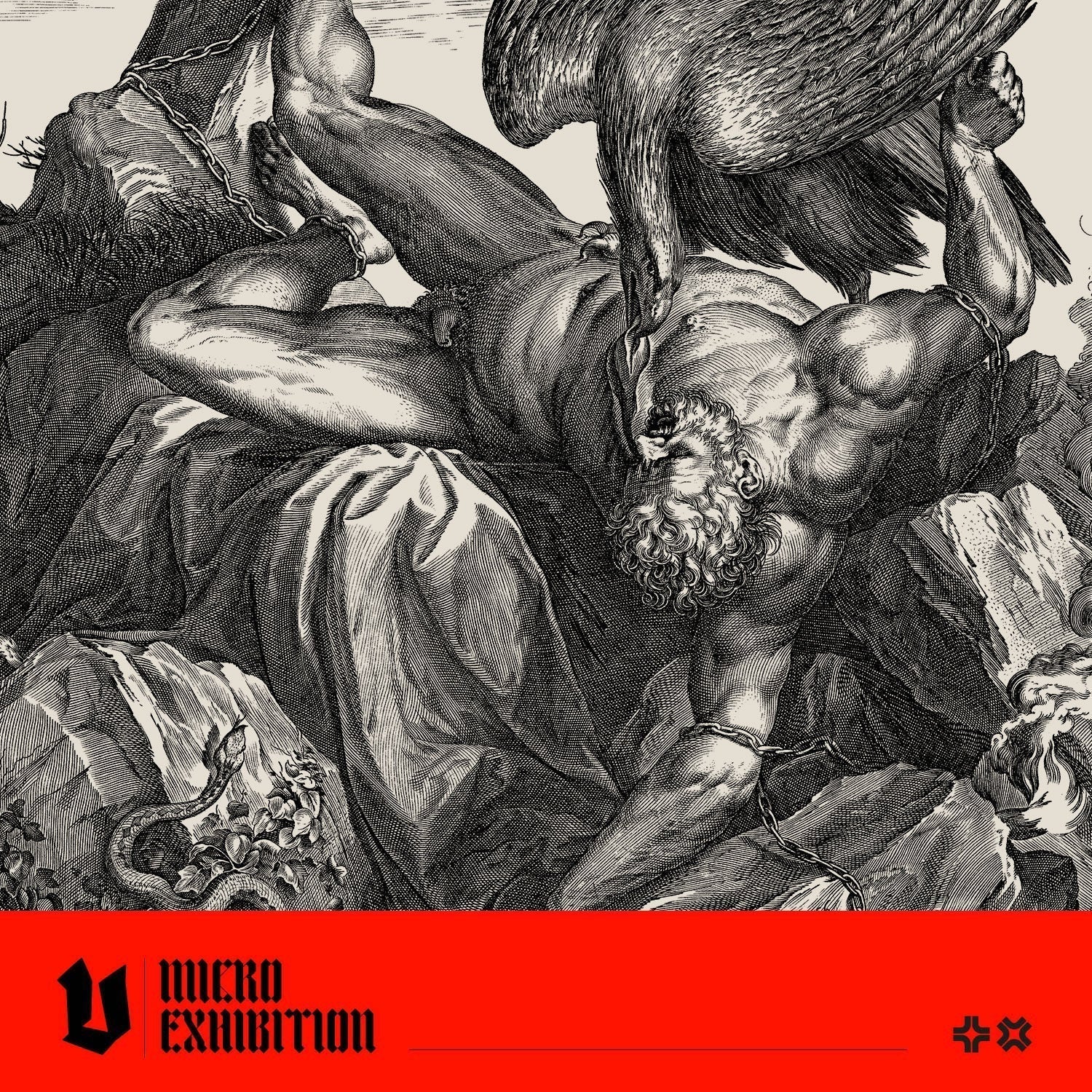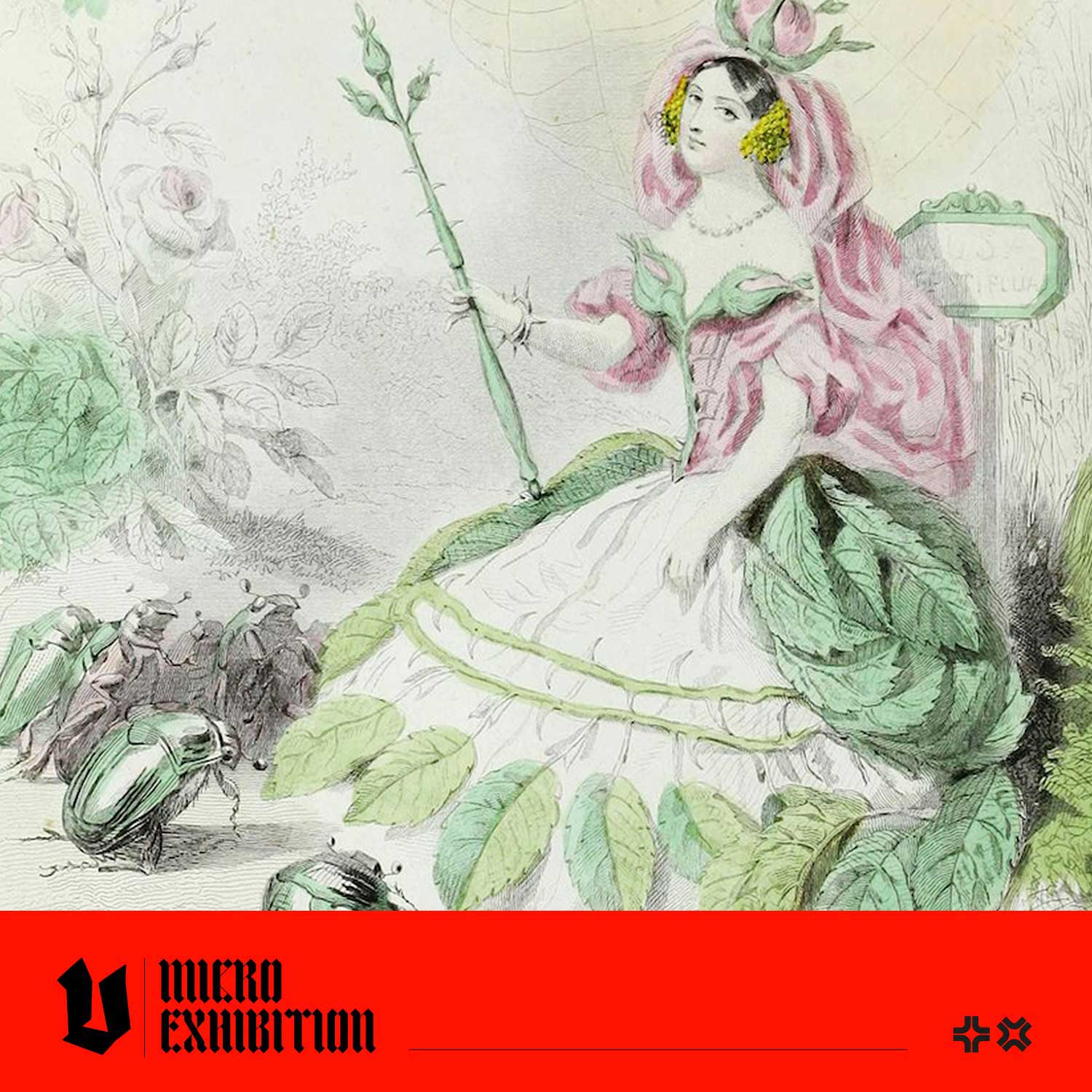How the Greco-Roman World Influenced Renaissance Design
The Renaissance was a period in European history spanning approximately the 14th to 17th centuries. It was a cultural awakening defined by a renewed interest in the art, philosophy, and aesthetics of Classical antiquity. Sparked by the rediscovery of ancient Greek and Roman texts, sculptures, and architectural ruins, artists and designers of the period were inspired by the culture of Ancient Greece and Rome. This revival shaped a movement called Renaissance humanism. This concept originated in Italy but spread throughout the continent. It emphasised a secular, human-centred approach to learning, culture and society and contemplated what it is to be human. Humanists believed education and civic-mindedness would improve society.
 Primavera (Spring) by Sandro Botticelli, approx 1470s-1480s
Primavera (Spring) by Sandro Botticelli, approx 1470s-1480s
Renaissance Sculpture's Interpretation of the Ideal Human Form
Renaissance sculptors looked to antiquity as a guide to anatomical accuracy, beauty, and proportion. The Classical emphasis on the human body as a reflection of order and perfection reemerged as a central theme.
Michelangelo's David (1501–1504) embodies this revival, significant in scale and ambition; the statue recalls the composure and idealised realism of ancient sculptures like Polykleitos' Doryphoros. The use of contrapposto, where the figure's weight is shifted onto one leg, creating a naturalistic stance, was directly influenced by Greco-Roman art. This technique became a defining feature of Renaissance art.
Rather than depict the divine in abstract form, artists sought to portray the human as noble, physical, and expressive, a shift from the symbolic figures of earlier centuries.

David, by Michelangelo, 1501–1504
The Renaissance Revival of Classical Subjects in Art
Alongside sacred themes, Renaissance artists increasingly turned to Classical mythology for subject matter. Ancient tales offered a rich tapestry of allegory, emotion, and symbolism, which artists used to explore new dimensions of narrative and beauty.
Sandro Botticelli's The Birth of Venus is a striking example of this Classical revival. Drawing from Roman representations of Venus and Ovid's Metamorphoses, Botticelli reimagines the goddess of love emerging from the sea; she is poised, graceful, and idealised. His Primavera, too, is populated by mythological figures in a lush, symbolic landscape that blends pagan imagery with humanist ideals.
If you would like to learn more about the Birth of Venus by Botticelli, check out our article on the Vault Zine here.

The Birth of Venus by Sandro Botticelli, mid 1480s
How Classical Motifs Inspired Renaissance Ornamental Design
Renaissance decorative arts including architectural ornaments, printed books, and interior furnishings, were profoundly inspired by Classical motifs such as laurel wreaths, acanthus leaves, Greek key patterns, and Roman-style friezes. These elements became visual shorthand for learned taste and aesthetic refinement, symbolising a connection to the esteemed cultures of ancient Greece and Rome.
Designers of the time favoured symmetry, geometry, and proportion, aligning their work with Classical principles outlined in ancient sources like Vitruvius' De Architectura. This treatise emphasised the importance of harmony and proportion in architecture, influencing Renaissance designers to incorporate pediments, columns, coffered ceilings, and carefully balanced spatial arrangements.
The revival of Classical ornamentation during the Renaissance was both ideological and aesthetic. By referencing the Classical past, Renaissance patrons and artists sought to convey cultural legitimacy and continuity, linking themselves to ancient Rome and Greece's intellectual and visual grandeur.
 Wreath of Laurel, Palm, and Juniper with a Scroll inscribed Virtutem Forma Decorat [reverse], by Leonardo da Vinci, 1474-1478
Wreath of Laurel, Palm, and Juniper with a Scroll inscribed Virtutem Forma Decorat [reverse], by Leonardo da Vinci, 1474-1478
What Innovation by A Renaissance Book Publisher Do You Have In Your Home?
As printing technology revolutionised the dissemination of knowledge, the influence of Classical antiquity extended beyond the content of books to their very design. In 1470, Nicolas Jenson, a French engraver and printer in Venice, developed a Roman typeface that set a new standard for readability and aesthetic beauty. His design, one of the finest early Roman typefaces, was inspired by ancient Roman inscriptions and humanist script. It marked a departure from the dense blackletter styles prevalent at the time.
Aldus Manutius, founder of the Aldine Press, introduced significant typographic innovations. In 1501, he published an edition of Virgil's works, the first book printed entirely in italic type, designed by punchcutter Francesco Griffo. The italic type was designed to resemble the handwriting of the humanist scholars. Manutius also pioneered the octavo book format. These portable and relatively affordable books made literature more accessible to a broader audience and were an early version of what we know as a paperback book. These printing advancements reflected Renaissance ideals of clarity of thought, reverence for antiquity, and a harmonious balance between form and function.

Aristotle printed by Aldus Manutius, 1495–98, via Libreria antiquaria Pregliasco, Turin
The Benefits of Incorporating Classical References into Your Artwork
In sculpture, painting, ornament, and typography, Renaissance artists and designers reimagined Classical forms in creative, innovative ways. They were inspired by ancient motifs, proportions, and techniques and used them as a foundation for a new, human-centred vision of art and design. This combination of past and present created a legacy that still endures. By looking to antiquity, the Renaissance forged a future for Western art rooted in harmony, balance, and the enduring beauty of the Classical ideal. Has this article inspired you to delve into the world of Classical art and design? Vault Editions image archives are a great place to start - grab a copy of Greek and Roman Mythology or Greek and Roman Sculpture and get creating!






